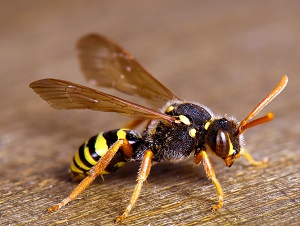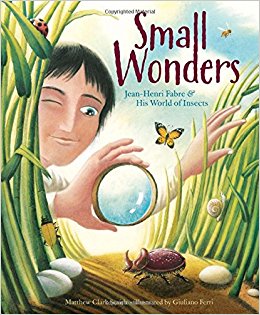 Small Wonders: Jean-Henri Fabre & His World of Insects
Small Wonders: Jean-Henri Fabre & His World of Insects
Grades 3-5
Written by: Matthew Clark Smith
Illustrated by: Giuliano Ferri
Published by Two Lions, 2015
ISBN-13: 978-1477826324
Recommended Reading
Learn about a quiet village in the French countryside. Learn about a famous naturalist. Learn about the significance of observing species in their natural habitats. Meet Jean-Henri Fabre.
The book begins with detailing an interesting and somewhat odd character who lives in a small village in the south of France. This person behaves differently from his neighbors. He is rumored to talk to animals, collect and keep thousands of specimens, and conduct business in quiet isolation. But since this person largely keeps to himself, no one really minds or asks too many questions. That is, until one day, this seemingly strange person is visited by an extraordinary individual – The President of France!
To explain this presidential visit, our narrator takes us back in time to the childhood of Little Henri and the old, secluded farmhouse where he first unlocked his world of small wonders. As readers reveal more about the life and studies of Jean-Henri Fabre, use the following prompts to teach important lessons and link learning to life:
Nature vs. Nurture
How much of Henri’s drive to study small wonders can be attributed to his childhood and growing up in secluded places with few friends? Do you think Henri would have still studied insects if he grew up in a big city like Paris, opposed to the French countryside? Why or why not?
Defining Genius
What does it mean to be a genius or have a genius idea? How does Henri both reflect and denounce different aspects of what we might recognize as genius? Challenge students to define “genius” before reading this biography. How does their definition change after reading about Henri?
Perception vs. Reality
Henri’s story conveys that he was always a bit of an outsider. As both a child and adult, others found Henri to be strange, and even called him hurtful names (madman, sorcerer). How does the interpretation of Henri’s habits change after we learn about his scientific talents? And what might this mean for the people in your life who might think, act, or speak differently than you?
Learning Outside
When Henri becomes a teacher, he takes his students outside to study nature. How is this alike and different from Henri’s own experience as a 7-year-old student in school? What is your favorite place to learn and why?
Nameless Miracles
Even as a child, it was easy for Henri to find small, amazing creatures. It didn’t matter that Henri could not name or identify them. He only had to watch for a while to see what made them special. These kinds of “nameless miracles” are around us every day. What will you find when you take the time to look?
Studied Species
Henri made so many contributions to society that he was awarded the Nobel Peace Prize in Literature. The photographs below detail some of the amazing insects that Henri studied and wrote about. Conduct some of your own research—or pick up a copy of this book—to learn more about what makes them special and fill in their details below.
Small Wonders Studied by Jean-Henri Fabre
|
Description: Wasp; Black and yellow; 3 body parts; Interesting Facts: Can hunt beetles twice its size; |
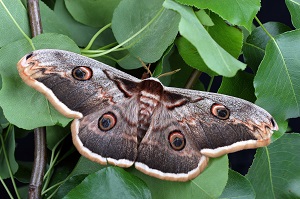
Species: Great Peacock Description: Interesting Facts: |
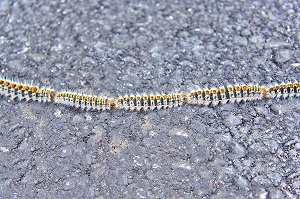
Species: Processionary Description: Interesting Facts: |
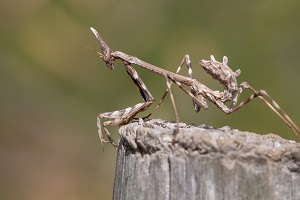
Species: Empusa Description: Interesting Facts: |
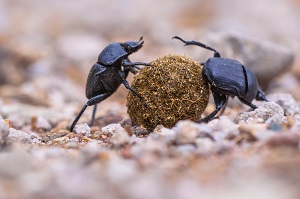
Species: Sisyphus Description: Interesting Facts: |
Consider coupling this story with the following PLT activities:
PreK-8 Environmental Education Activity Guide
#7 – Habitat Pen Pals
#8 – The Forest of S.T. Shrew
#9 – Planet Diversity
#10 – Charting Diversity
#11 – Can It Be Real?
#22 – Trees as Habitats
#23 – The Fallen Log
#26 – Dynamic Duos
#45 – Web of Life


